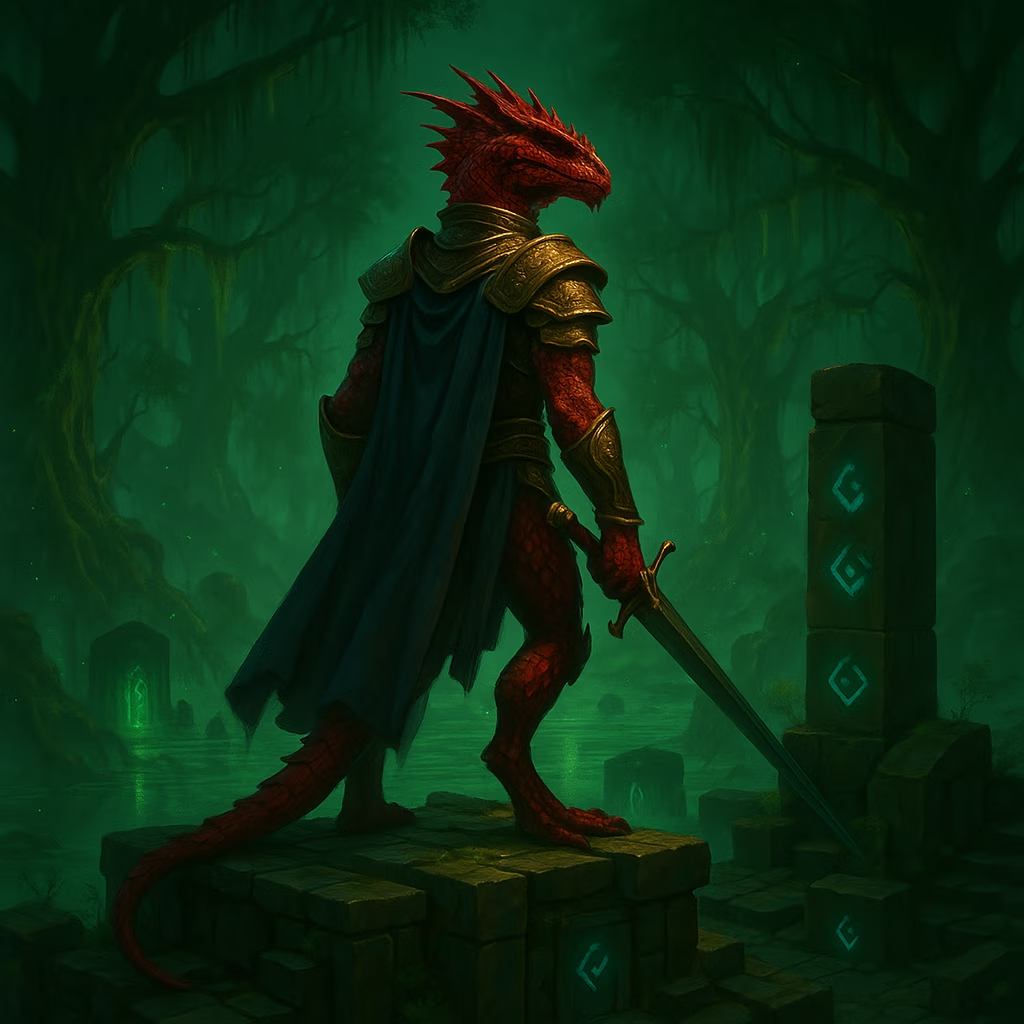CRPGs have always drawn deep inspiration from tabletop RPGs, making dungeons a cornerstone of the genre that relentlessly tests players' curiosity and tactical prowess. These intricate spaces aren't just about battling foes or dodging traps; they weave together mechanical challenges, atmospheric storytelling, and rewarding exploration to create unforgettable adventures. Players often feel a rush of excitement when uncovering hidden paths or solving clever puzzles, transforming each crawl into a personal journey of discovery. After all, a well-crafted dungeon balances smart design with immersive lore, ensuring that every step forward feels earned and meaningful. 😊
But let's dive into the specifics—starting with Wrath of the Righteous. Based on the Pathfinder system, this game throws players into massive, varied settings across Golarion, where dungeons like the Siege of Drezen shine as narrative high points.  Early in the campaign, this assault delivers a decisive victory over demon armies, blending tactical demands with story-driven rewards. The sheer scale can overwhelm, requiring hours of party planning to handle dense enemy encounters. As a fan, I adore how it captures the essence of tabletop exploration—making each dungeon feel like a grand crusade where preparation pays off in epic showdowns. 🔥
Early in the campaign, this assault delivers a decisive victory over demon armies, blending tactical demands with story-driven rewards. The sheer scale can overwhelm, requiring hours of party planning to handle dense enemy encounters. As a fan, I adore how it captures the essence of tabletop exploration—making each dungeon feel like a grand crusade where preparation pays off in epic showdowns. 🔥
Moving on, Neverwinter Nights offers a different flavor. While its main campaign is straightforward compared to rivals, it excels as a creation toolkit with thousands of player-made modules. This community-driven approach expands the game's scope, delivering dungeons that often surpass the original content in creativity. Players relish intricate exploration and dramatic battles against iconic monsters, turning every module into a fresh adventure. Personally, I've spent countless nights diving into these custom labyrinths, and it's thrilling how they keep the game alive decades later—proof that player ingenuity can elevate a CRPG beyond its limits.
Now, for Planescape: Torment, which is renowned for its philosophical narrative, yet its dungeons are masterclasses in atmosphere. The Mortuary, a maze-like structure right from the start, immerses players in themes of death and identity through reanimated workers and restless spirits. Then there's the Modron Maze—a personal favorite—where the layout shifts unpredictably, demanding adaptable navigation. Exploring it feels like solving a living puzzle; the eerie tone and creative twists leave players awestruck, reinforcing why this game is a genre gem. As someone who values emotional depth, I often find myself lost in its otherworldly vibes, pondering life's big questions while dodging traps.
Pillars of Eternity inherits the best from Infinity Engine classics, with dungeons that are both visually stunning and mechanically rigorous. Think labyrinthine corridors, secret areas triggered by hidden switches, and lore-rich rewards that justify the effort. For instance, one dungeon might demand perception and wit to unlock passages, while another ties into the narrative for a cohesive experience. Players frequently share stories of stumbling upon valuable items after hours of mapping—it's that persistence that makes exploration so satisfying. In my playthroughs, I've adored the classic design philosophy, as it evokes nostalgia while challenging modern tactics.
The Temple of Elemental Evil stands out for its faithful adaptation of D&D 3.5 rules, with sprawling dungeons full of authentic challenges. Divided into interconnected sections, it features riddles, sealed doors, and traps centered on elemental altars. Battles against vampires or fire demons in atmospheric halls demand careful strategy, rewarding fans who crave tabletop rigor. I've always appreciated how it stays true to its roots—playing it feels like a digital homage to pen-and-paper sessions, where every trial hones your skills.
Divinity: Original Sin 2 revolutionizes dungeon design with its interactive environments. Dungeons like Voidwoken caves or flooded ruins encourage experimentation, using spells and elements to bypass obstacles or exploit weaknesses. Alternate routes and secrets amplify discovery, making exploration deeply rewarding. Players often rave about the freedom to test diverse combat approaches—it's exhilarating to turn a simple incursion into a creative playground. For me, this game's open-endedness sparks joy, as every dungeon feels like a canvas for player ingenuity.
Icewind Dale, though lighter on narrative, excels in combat-focused dungeons. Locations like the Severed Hand or Dragon's Eye feature complex architecture that requires tactical adaptation and meticulous mapping. The game frames each room as a deliberate scenario, making every crawl exhilarating. Experimenting with party compositions adds replayability, even if characters lack deep personalities. As a battle enthusiast, I love how it keeps the adrenaline pumping—there's nothing like conquering a tough dungeon through sheer strategic wit.
Finally, Baldur's Gate 3 sets a new standard with its inventive dungeons, adapting Fifth-Edition D&D rules flawlessly. Sites like the Gauntlet of Shar integrate narrative, puzzles, and environmental hazards, where exploration propels the plot and rewards mastery. Players constantly share tales of creative solutions—it's a testament to how modern CRPGs blend mechanics with storytelling. After sinking hours into it, I'm blown away by the depth; it truly feels like every corner holds a new surprise.
Looking ahead to the future, I envision CRPG dungeons evolving to emphasize player agency even more—imagine AI-driven layouts that adapt to choices, creating personalized stories where every decision shapes the environment. As a dedicated fan, I dream of dungeons that blend VR immersion with community co-creation, making exploration not just a challenge but a shared legacy. What a time to be a CRPG adventurer! 🎮✨
